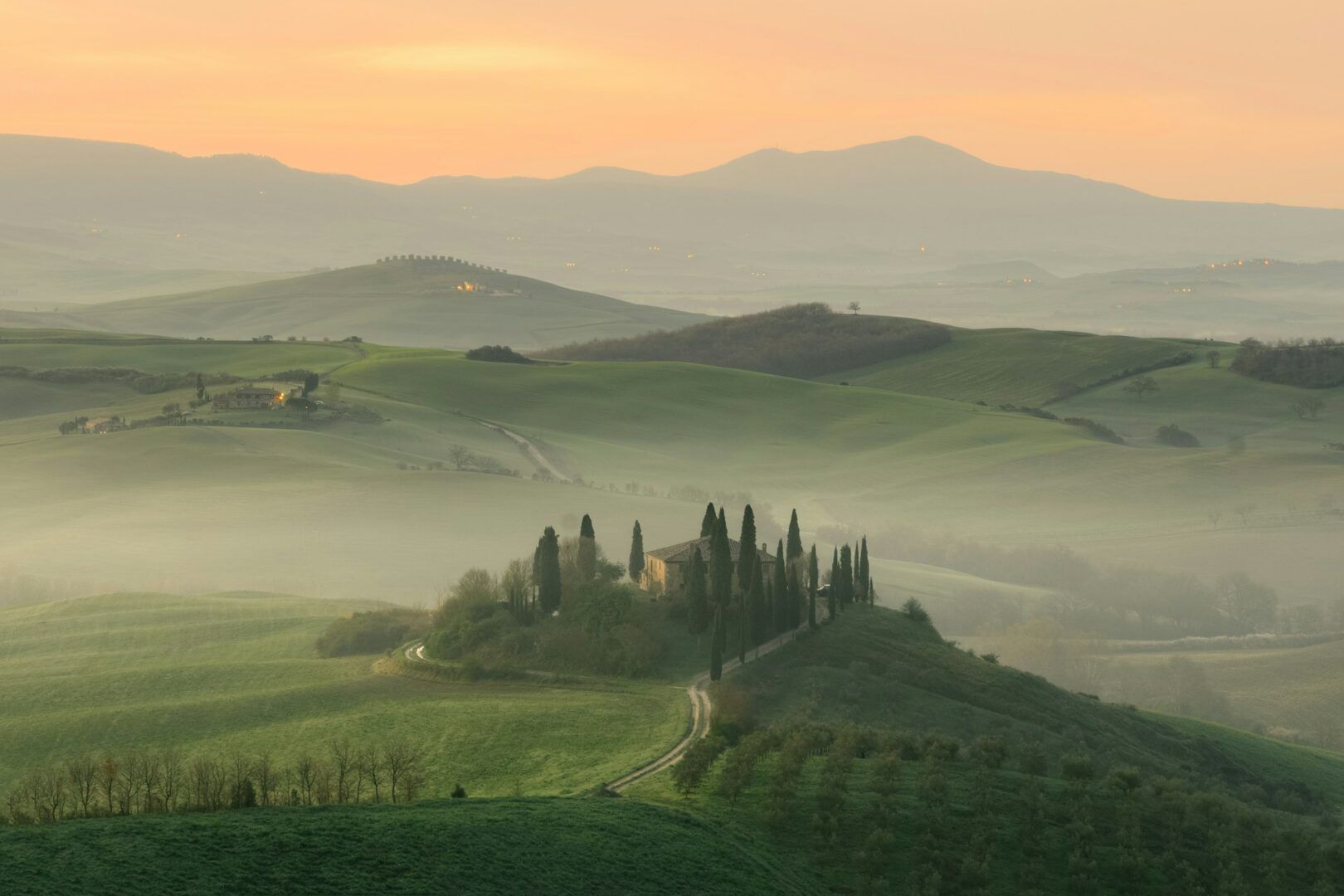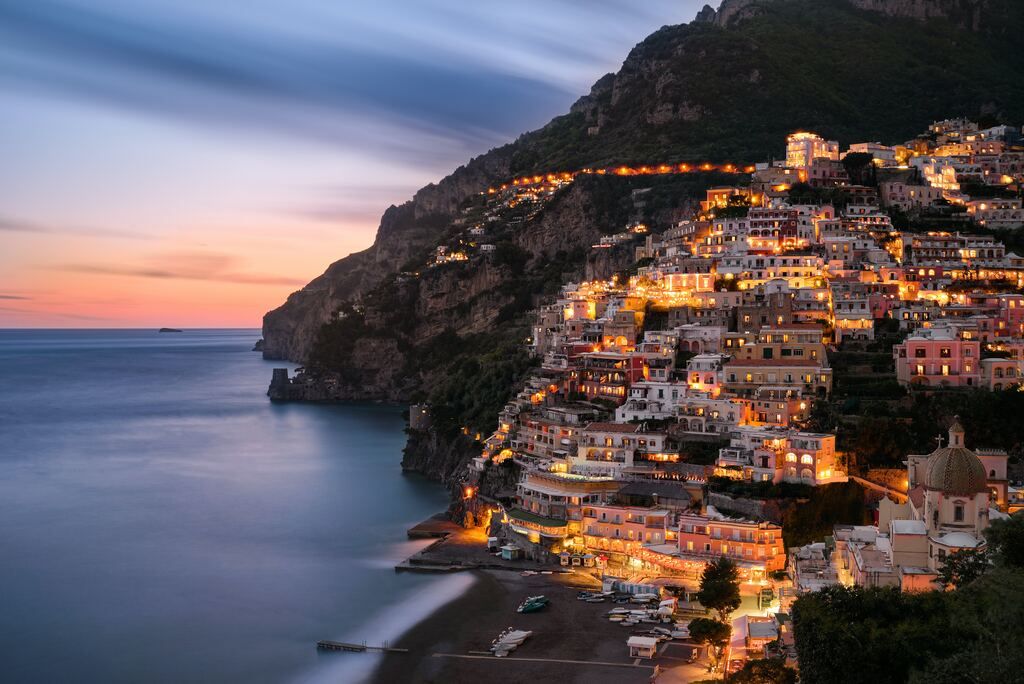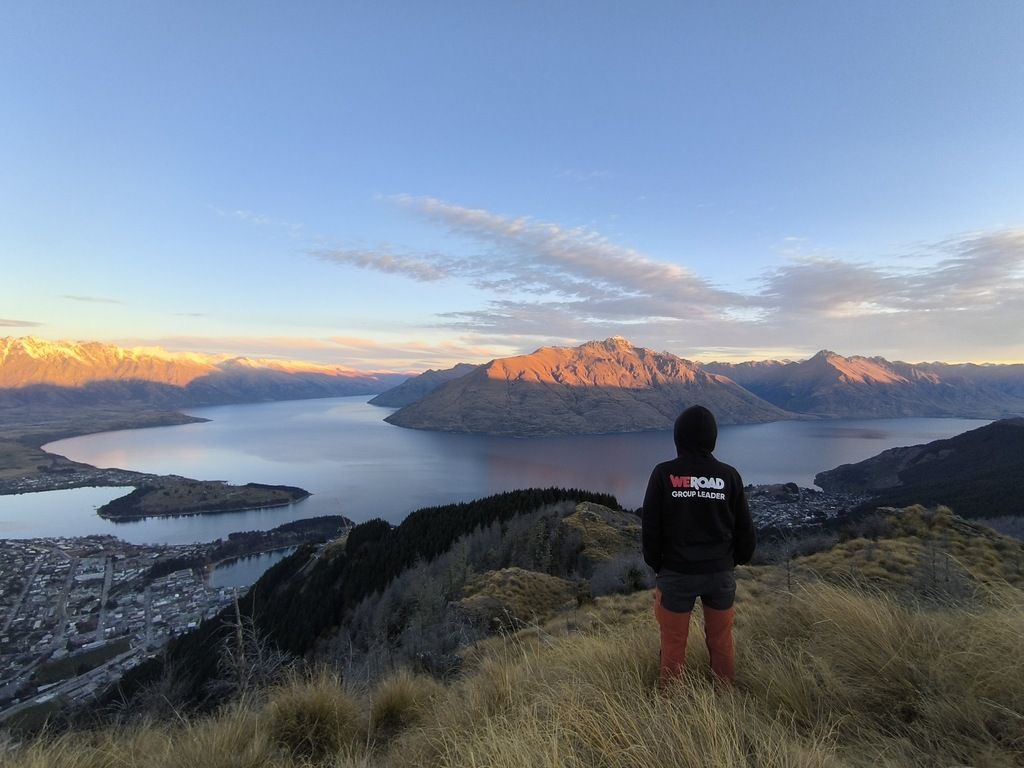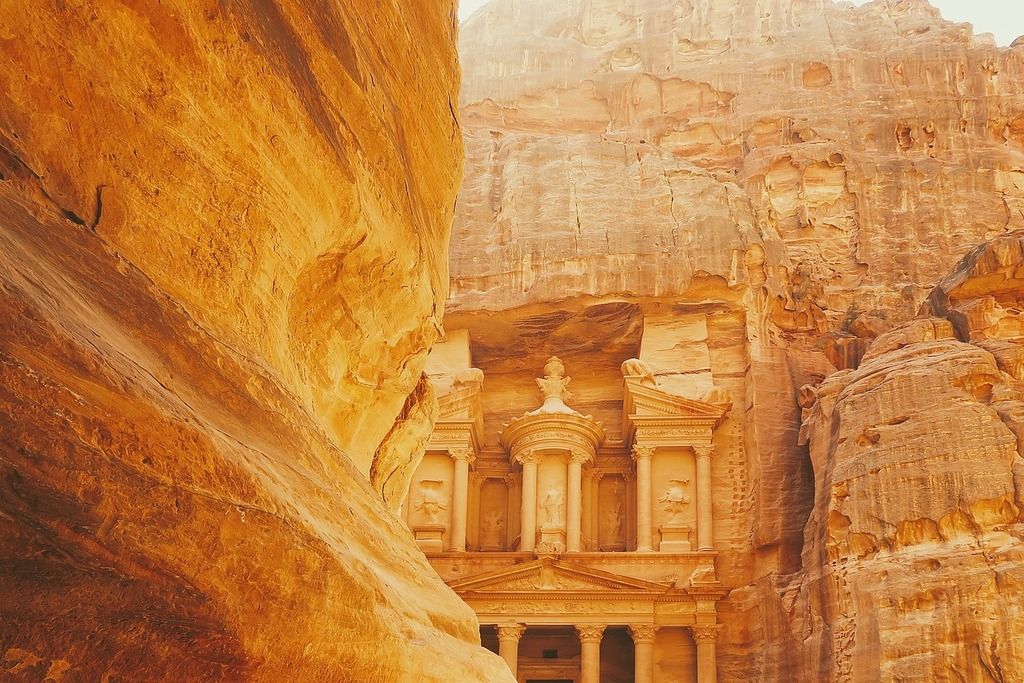

Jordan is one of those countries that appeal to travellers through all four seasons. A country with incredible landscapes, a rich history and culture and hospitable locals, Jordan attracts tourists 365 days a year. However, like any other destination, the best time to visit Jordan depends on a few different things including the weather, what to see and do and how to avoid the crowds of tourists. Whether you are wandering the ancient city carved in stone Petra, dipping in the Dead Sea or hiking in the vast desert-like landscapes of Wadi Rum, knowing what to expect during each season in Jordan will help you to better plan your trip.
When is the best time to visit Jordan? Read on for details on what to expect in each season and some tips to make your travel more comfortable and enjoyable.
Jordan’s climate and seasons
Jordan’s weather is shaped by its diverse landscapes, including vast deserts, impressive mountains, and fertile lowlands. This varied topography creates microclimates, making the weather differ significantly across regions.
If you think of Jordan’s climate, desert-dry conditions are the first thing that comes to your mind but there are different weather conditions in other parts of the country that will leave you very much surprised.
While desert-dry conditions may come to mind, Jordan’s highlands, such as Amman, have a Mediterranean climate with warm, dry summers (30-40°C / 86-104°F) and cooler evenings due to the elevation. Winters are milder (10-15°C / 50-59°F) with occasional rain in January. Spring transforms the hills into lush green fields, making it an ideal time to visit.
The Dead Sea and Aqaba, both desert regions, experience a hot desert climate with scorching summer temperatures exceeding 40°C (104°F). Aqaba benefits slightly from sea breezes, offering some relief. In winter, these areas are more comfortable during the day but can become quite cold at night.
Wadi Rum, famous for its red sandstone cliffs and dramatic desert landscapes, is extremely hot during summer days. Winter nights, particularly in January, can be very cold, sometimes nearing freezing. If you plan an overnight stay at a desert camp, pack plenty of warm clothing.
For the most comfortable experience, the best time to visit Jordan is during spring (March to May) or fall (September to November). These temperate seasons make outdoor activities enjoyable across the country.
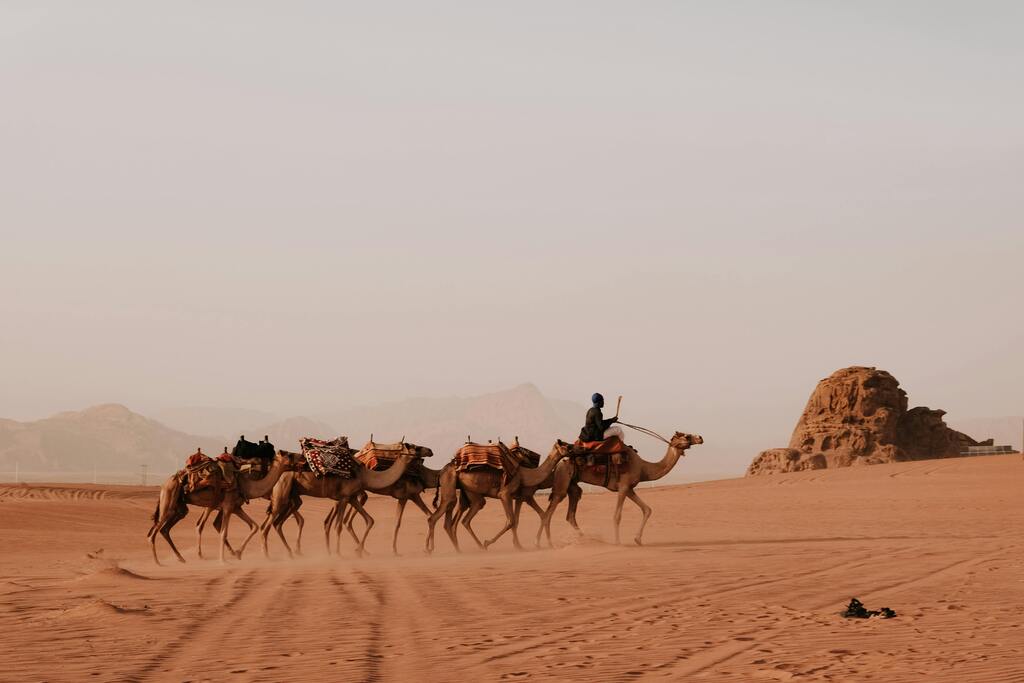
Spring in Jordan: The best time to visit
Jordan really comes alive in spring (my favourite time to visit). And, with enjoyable weather across the country during the spring, it’s the very best time to make your way around and trek through it all as temperatures in Petra, Amman the Dead Sea make for the city and National Parkers so much more beautiful.
With the wildflowers blooming and those bright blue skies behind you, it really gives a picture-perfect backdrop to the already otherworldly Wadi Rum. Oh — it’s also an adventurers’ and hikers’ rite of passage to rock the trek through the time from the very top to the bottom of the country!
Spring is the best moment to visit Petra Jordan too. The lower temperatures make wandering and exploring the ruins magical and less difficult than during the heat of summertime. And, with fewer travellers than most other times of the year, Zion magic is at its peak!
Summer in Jordan: Travel tips for the heat
The weather can be oppressively warm in Jordan in the summer (June to August) for most of the time. The best time to visit Petra is early in the morning or late in the afternoon. Temperature begins to climb over 40°C (104°F) for much of the region, especially at the Dead Sea and Aqaba.
If you’re going to visit Jordan in the summer, make sure you’re ready to cope with the heat! Be prepared for the sweltering heat by placing on loose-fitting, breathable clothes, staying hydrated and wearing a lot of sunscreen! Plan your precinct visit at the coolest times like first thing in the morning or late at night.
If you don’t fancy a hike in these hot temperatures, you should still experience the Dead Sea at any season because of its warm temperatures and salty water that provides a cooling feeling from the scorching desert sun. Floating in the salty river is a classic Jordan holiday and, so far, the only place in the world. Enjoy exploring Ajloun Forest Reserve or relaxing on the Dead Sea shore or water on a Jordan trip! Make sure you don’t miss any of the most beautiful sights with our guide to top attractions to visit.
Autumn in Jordan: Comfortable weather and cultural festivals
Autumn (September to November) is a wonderful period to visit Jordan. For those who don’t like too hot or too cold climates, it probably might be the ideal time. Autumn features lovely temperatures and it is unlikely you’ll get under 20°C (68°F) during the day. Most days will usually be around 20-30°C (68-86°F) during the daytime. The mild weather is perfect for exploring iconic sites such as the Dead Sea, Petra, Wadi Rum, and other destinations.
Autumn is festival time in Jordan and many would argue the most enjoyable season to visit. Dozens of music, art and local cultural festivals are held throughout fall in Jordan, many focused around Petra and Amman.
Another reason to visit Jordan during autumn is the olive harvest. If you’re in Jordan during the olive harvest, you can visit olive oil producers, pick olives and have a fresh sample of olive oil. This is also a great experience for tourists to visit Jordan’s countryside and nature.
Winter in Jordan: Exploring without the crowds
Winter (December, January, February) is the low season and the best time of year if you’re looking to avoid the many crowds. The weather in Jordan is still quite mild compared to many of the nearby countries. The Amman temperature averages about 10C – 50F you will even need a jacket. It gets very cold in the desert and in Wadi Rum at night, though.
But, the best reason to visit Jordan in winter is for the lack of crowds. Petra, the Dead Sea, Jerash, and other attractions will be almost empty. IIf you want to enjoy tourist sites without the hustle and bustle, winter is the ideal season for a trip to Jordan.
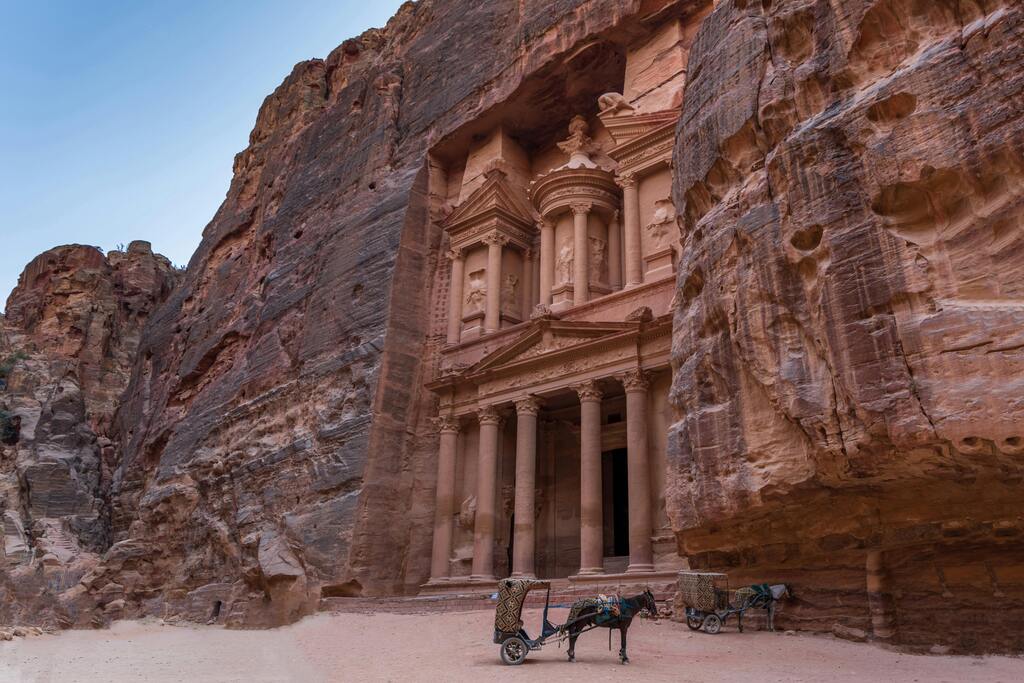
Key activities by season
Here’s a breakdown of what you can do during each season:
- Spring (March, April, May): Definitely the best time of year to visit Jordan! The temperatures in Amman are about 20C – 70F which is really pleasant. It’s not too hot to visit Petra, Wadi Rum, Madaba and nature reserves like Dana Biosphere Reserve or the Dead Sea.
- Summer (June, July, August): The most popular time to visit Jordan. This is the highlight of exploring the Dead Sea. Aqaba, in the south, is near the border of Israel and Egypt and is a beloved site. Resorts here are swarming with guests. Only the city of Petra will stay open in summer with operating hours closing at 6 pm. Hiking in the south should be done carefully. You should wear lots of sunscreen and bring lots of water.
- Autumn (September through November): This is when temperatures cool down along the length of the river Jordan and surrounding areas and the crowds are few. Dana Biosphere Reserve is the perfect place to visit, as is Petra (here are the best things to do in Petra). Plus, you’ll be able to catch those local cultural festivals, too. The food is green and after the harvest of olives in November. Fresh olive oil is a major part of Jordanian eating. It will take the spotlight!
- Winter (December to February): Consider visiting the Dead Sea — rather than the freezy cold inland. Its waters will offer you a warm escape from the chill above it. The only downside is the fact that it gets too cold and it might rain too. We still think this is the best time to visit because it is a great region of Jordan and a great time to explore it and appreciate what little rain falls from the skies this time of year. Plus there are not many other visitors around!
Packing tips for Jordan’s seasons
In the winter pack other shoes such as ladies’ boots and some light jackets. Skirts and shorts are okay but should be knee-length at the least. Men should not wear shorts. Even in winter, the Dead Sea will continue to have days around 20 degrees, so don’t forget your swimmers and suncream. It is a desert region after all.
Pack the usual daypack with enough clothes for the day, a hat, water, camera to capture the magnificent beauty of the country you’ve asked us to discover. Be warned, there will be a lot of pictures to be taken!
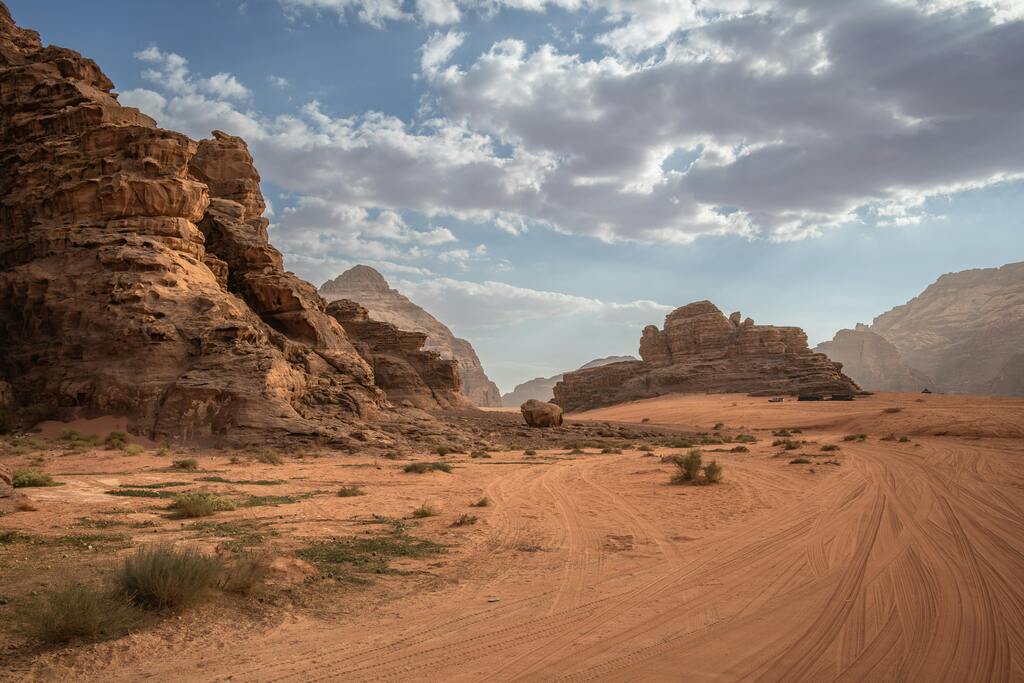
Avoiding peak tourist seasons
Popular tourist times are the spring (March to May) and autumn (September to November). This is when the weather is most tolerable. These months also include holidays for Christians around the world.
For a less touristy and commercialised outing, you may consider travelling from November to December. The chillier temperatures that it will usher in in Amman and the highlands make them quieter, more comfortable months to visit than most of the rest of the Middle East. It can snow in Amman and the mountains and the desert get very cold at night, even occasionally offering frosts.
The advantage of travelling off-season is that it allows you to enjoy the highlights of Jordan’s tourist attractions: Petra and the Dead Sea without all the crowds. You can have plenty of time to walk around Petra’s ancient rock-cut tombs and temples as you please, without tourists bothering you.
The same goes for Wadi Rum. You can enjoy the natural beauty and unique atmosphere offered by the valley without the thousands of tourists that usually roam the site during the high season. Most importantly, when you travel off-peak, you can often get discounted hotel rates and get a more personalised service. This way, you really get to fully enjoy the sites and the history and catch Jordan’s authentic splendour. This suits travellers looking for quietness, reflection and a more personalised service.
Exploring Jordan this year
Jordan will astound you, no lie! Touring Petra by walking, floating in the Dead Sea or venturing through the deserts of the country will keep you excited and engaged. However, the more you understand each season and its perks (or lack of), the more you can pick the most suitable for the Jordan travel experience that you will love.
Spring and Autumn are certainly the best times to visit Jordan for most people. It means you will experience good weather and be able to explore the country with ease you still will get access to many activities.
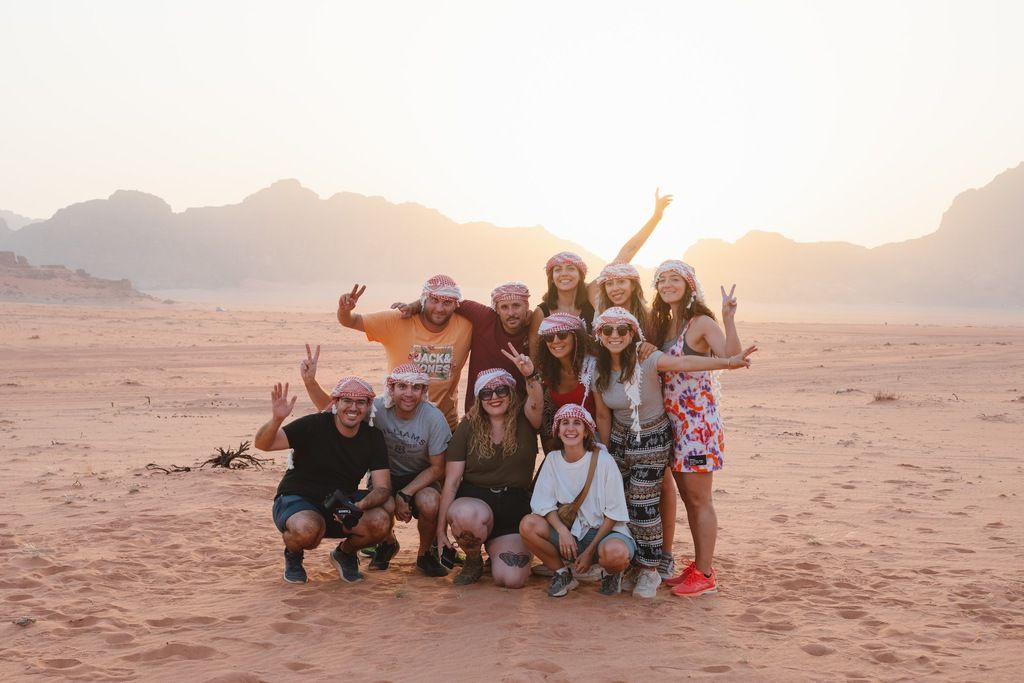
Regardless, the summer and the winter have their advantages too! So it is possible that you’ll still have a wonderful time. All of it depends on you to schedule accordingly, furthermore prepare for the local climate. Are you ready to discover Jordan? Join a group trip to Jordan for a hassle-free adventure.

